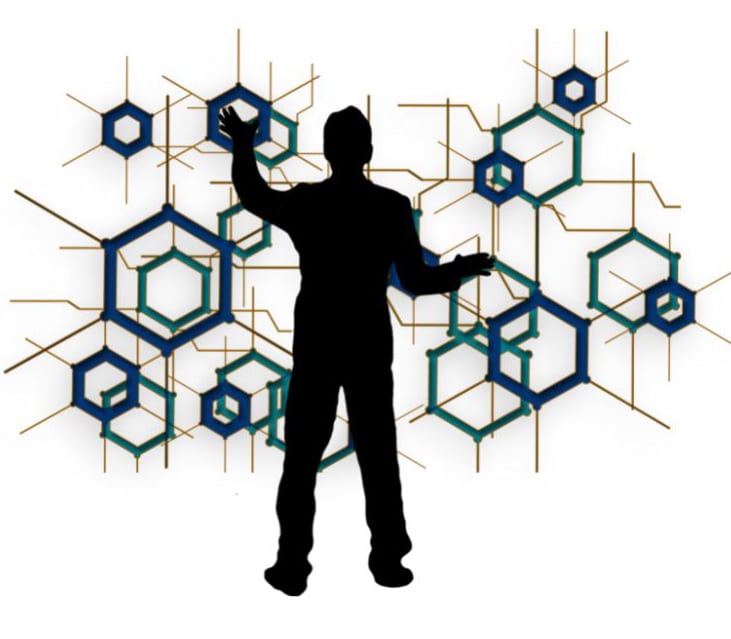Hello SPOTeurope community,
If you are a follower of our SPOT events, you may already know me, if not here it goes. My name is Bruna Bastos, I am an occupational therapist and also student of the MSc in Hand Therapy at the School of Health Sciences in Leiria, Portugal.
Today I’m writing this blog to you because I want to share with you my perspective on the use of technology and digitalization in OT.
The very first time I heard about the combination of the digital and OT was in my first year, I had the chance to see interventions with Wii and the games it has and different types of assistive technology.
As I went through my training in Occupational Therapy, I had the opportunity to hear several lectures on technologies in the field, I took the first Student Summer Course developed by ENOTHE, on digital and Occupational Therapy, where I had the opportunity to see and hear about different forms of intervention with the use of technologies.
Which brings me to the initial point of this sharing with you, my perspective on the use of technologies in Occupational Therapy interventions. All that I am going to share with you is just my perspective of the interventions made during my last internship for my degree, in May of this year.
First of all, I think it’s important to take into account the culture we are in and take into consideration that everyone is different and therefore we are always going to have different results in our interventions.
Of all ages, I think that the use of technology works very well with children, young people, adults, and the elderly, because it all depends on their motivation to carry out the activities we plan.
If you ask me, but I believe you already know the answer, the most difficult population to intervene with technology is the elderly with little or no education. This population is very used to working in the fields and doing domestic activities, but if we can find something that motivates them, it is possible that we can get them to do an activity using technology.
In my internship I had the opportunity to use several types of technology that I will now share with you:
- Computer software (Kinka, Mind Games Pro, GRID, Kaorus…);
- PowerPoints made by me and my colleague, with the memory game, completing proverbs, reproducing presented shapes, associating names to pictures, …
- Biometrics e-link software, used mainly in upper limb rehabilitation
- Alternatives to the conventional mouse, such as, PCEye Mini Tobii, Quha Zono, Switchs, used to access the computer software I mentioned above
From my perspective, I believe that technology is an asset for our future interventions, especially since the population we will be treating one day is much more involved in technologies and digital than the population receiving interventions today.
So, this can be a great ally for interventions with good outcomes.
This last internship of mine was different from all the others I’ve been in, there was an opportunity to get a little more involved in digital assistive technologies and understand how they can be used in conjunction with or as an alternative to conventional intervention.
This was all I had prepared to share with you guys. I hope you enjoyed reading it and that you’ll go look for more ways to use technology and digital in your daily interventions. Thank you!






